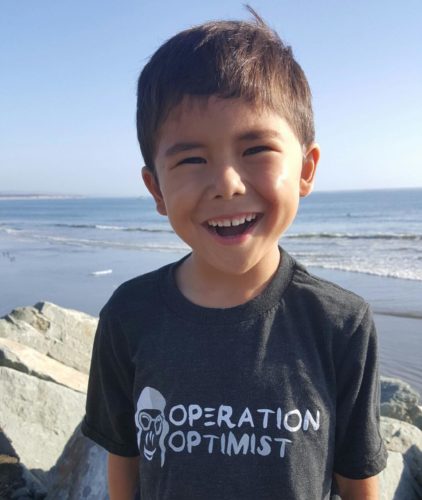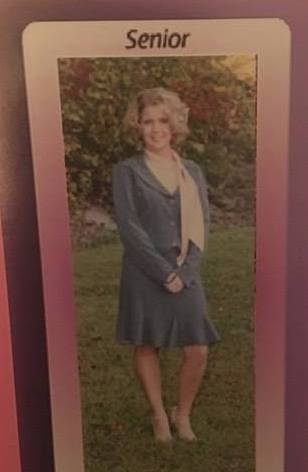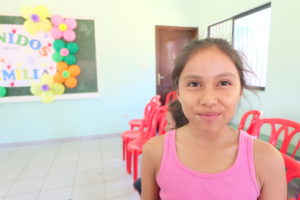At Children Incorporated, we’re used to positive people who want to make a difference. That’s one of the best things about our jobs here — meeting other people who share our passions. But every so often, someone surprises us with a creative way to give back, and inspires us to look at the world in a new and different light.
 We recently spoke with Micah Greer, the founder of Operation Optimist, a new web-based clothing company in Austin, Texas. Micah has been a sponsor through Children Incorporated for more than a year, but he has taken his involvement to new heights by making the generous offer to donate ten percent of all of his merchandise sales to our organization.
We recently spoke with Micah Greer, the founder of Operation Optimist, a new web-based clothing company in Austin, Texas. Micah has been a sponsor through Children Incorporated for more than a year, but he has taken his involvement to new heights by making the generous offer to donate ten percent of all of his merchandise sales to our organization.
Operation Optimist’s mission – to “spread a message of hope, love, and positivity by way of the brand, while also contributing to those in need through charitable acts” — will, Micah hopes, help the brand come to serve as an instantly-recognizable symbol of positivity, love, and kindness. An energetic, warm, and encouraging presence, Micah’s excitement about his new venture is nothing short of contagious.
His company’s apparel reflects his good nature, and gives like-minded folks an opportunity to come together, even across the world.
I felt that Children Incorporated was the best fit for me, and I ended up sponsoring an adorable little girl in Kentucky.
It was an honor and a pleasure to chat with Micah, and to learn more about his goals for Operation Optimist.
Micah, you’ve been a sponsor with Children Incorporated for about a year and a half; do you recall what led you to our organization?
I started doing some research on child sponsorship, and came across Children Incorporated through the Charity Watch website. After looking into various charitable organizations, I felt that Children Incorporated was the best fit for me, and I ended up sponsoring an adorable little girl in Kentucky.
You work as a personal trainer. How did you find that calling?
I’ve been personal training and sports performance coaching for more than ten years. How the human body operates and healthy living are both great passions of mine. A few things that I love most about training is educating people, empowering them to achieve their goals, and developing relationships.
 And now you are launching Operation Optimist. Can you tell us what led you to do so, as well as what you hope to accomplish?
And now you are launching Operation Optimist. Can you tell us what led you to do so, as well as what you hope to accomplish?
It’s already been a very positive and enlightening experience for me. Starting a business is definitely out of my area of expertise, but certainly within my comfort zone. The main reason for starting this company was to help spread more positivity and optimism to others by way of the brand. I felt it was the perfect message to marry with the cause of helping kids in need, and that gave rise to the “giving” side of the company.
What type of products will you sell through Operation Optimist?
Upon launching, our brand is initially apparel (men’s, women’s, and kids’ shirts and hats). However, we have ideas for the future to keep our brand ever-expanding and evolving, and to not be limited to apparel only.
If you could say anything to our readers about Operation Optimist, to encourage them to support your new business, what would it be?
We feel that our brand serves as a reminder that we should choose to live our lives more optimistically, lovingly, and in a more caring way towards all people. Whether the reader makes a purchase with us or not, we would like as many people as possible to join us on our journey to make the world a better place by radiating more positivity, love, and kindness.
For more information on Operation Optimist, and to browse or purchase some of their affirming products, please visit http://operation-optimist.com. Ten percent of all merchandise sales will be donated to Children Incorporated to assist us in providing impoverished children with food, clothing, educational assistance, and other individualized needs, as they arise.







